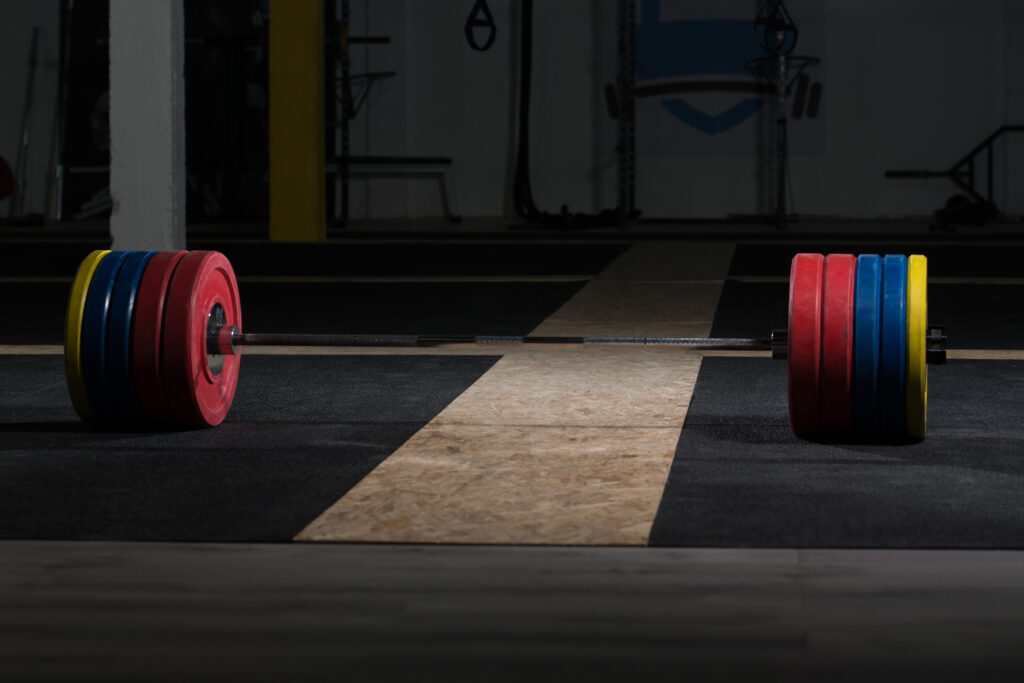Setbacks are a fact of life. However, they aren’t something we often plan for or desire. More often than not, setbacks fall into three main categories: time constraints, shifting life stresses, and limiting aches and pains. They can be discouraging, and many people simply choose to throw in the towel. So, what do we do when these setbacks prevent us from seeing those sweet gains in the gym? In today’s article, we’ll cover these three ubiquitous problems and our strategy at Sydney Strength Training. In our quest to help you get Stronger For Life, setbacks won’t stop us (or you!)
Time Constraints
For many, time is a limited resource split between work, family commitments, hobbies, and more. The belief that you need to spend countless hours in the gym is misleading, fuelled by stories like Demi Moore’s alleged prep for GI Jane, involving two-hour workouts and running six miles daily. Thankfully however, this isn’t necessary. Start by meeting the Physical Activity Guidelines. Just two whole-body strength training sessions per week can yield significant benefits¹. Remarkably, just 60 minutes of resistance training per week maximizes all-cause, cardiovascular, and cancer mortality benefits². Experienced lifters can see strength gains with just 1-4 weekly sets per exercise³, while building muscle may require around 4 sets per muscle group, weekly⁴. These sets should be high effort, nearing muscular failure. Lastly, older adults (60+) may need higher weekly training volumes to maintain their gains⁵. Our coaches have the insight and wisdom to best plan for your needs.
Shifting Life Stresses
Stress is increasingly recognized as a significant health issue. Changes in employment, relationships, health status, and more can lead to increased stress. The Australian Institute of Health and Welfare (AIHW) defines stress as a common, normal response to challenging situations. Stress varies widely among individuals and has both psychological and physical aspects. According to the AIHW, over half of Australians (59%) experienced at least one personal stressor in 2020⁶. This data, derived from the Australian Bureau of Statistics, highlights the widespread impact of stress. Psychological distress can lead to increased absenteeism and presenteeism in the workplace. Moreover, stress significantly affects mental, social, and physical health⁷, ⁸. So, what can you do about it? Although we can’t snap our fingers and change life circumstances, strength training has a place in managing stressors. Training improves psychological mood, builds physical resilience and engages you with a supportive, like-minded community.
Aches & Pains
Aches and pains are a fact of life, much like death and taxes. However, physical activity is safe and effective, and everyone is encouraged to participate. Progressive resistance training, commonly known as strength training, is incredibly safe and often reduces the incidence of overuse injuries from sports⁹. Moreover, competitive forms like Highland Games, CrossFit, weightlifting, powerlifting, and strongman are safer than common team sports¹⁰, ¹¹. Despite this, waking up with a sore back, neck, or knees is not uncommon. According to the AIHW, around 4.0 million Australians (16%) had back problems in 2022¹². These issues involve bones, joints, connective tissues, muscles, and nerves of the back. Strength training helps manage aches and pains. Good coaching helps individuals navigate these challenges while maintaining physical activity. This might mean reducing load, changing range of motion, or altering exercises. Regardless, aches and pains don’t need to stop you from making gains.
Overcome setbacks with strength training
In conclusion, setbacks are inevitable, but they don’t have to derail your fitness journey. By managing time constraints, stress, and aches and pains, you can stay on track. Prioritize efficient workouts, like two weekly strength training sessions. Embrace strength training to improve your mood, build resilience, and join a supportive community. Remember, even with physical discomfort, you can still make gains with the right approach. Adjust loads, modify exercises, and seek guidance from good coaches. At Sydney Strength Training, we’re dedicated to helping you get Stronger for Life. Setbacks may happen, but with the right strategies, they won’t stop you from achieving your fitness goals. So, stay committed, adapt to challenges, and continue progressing towards a healthier, stronger you.
References:
-
- World Health Organisation Physical Activity Guidelines ↩︎
- Resistance Training and Mortality Risk: A Systematic Review and Meta-Analysis ↩︎
- The Minimum Effective Training Dose Required to Increase 1RM Strength in Resistance-Trained Men: A Systematic Review and Meta-Analysis/; The Minimum Effective Training Dose Required for 1RM Strength in Powerlifters ↩︎
- No Time to Lift? Designing Time-Efficient Training Programs for Strength and Hypertrophy: A Narrative Review ↩︎
- Exercise dosing to retain resistance training adaptations in young and older adults ↩︎
- Stress and trauma – Australian Institute of Health and Welfare (aihw.gov.au)
- Stress and the individual. Mechanisms leading to disease – PubMed (nih.gov)
- Neurobiological and Systemic Effects of Chronic Stress – PubMed (nih.gov)
- Strength training as superior, dose-dependent and safe prevention of acute and overuse sports injuries: a systematic review, qualitative analysis and meta-analysis | British Journal of Sports Medicine (bmj.com)
- Epidemiology of Sports-Related Injuries and Associated Risk Factors in Adolescent Athletes: An Injury Surveillance – PMC (nih.gov)
- The Epidemiology of Injuries Across the Weight-Training Sports | Sports Medicine (springer.com)
- Chronic musculoskeletal conditions : Back problems – Australian Institute of Health and Welfare (aihw.gov.au)
Note: point 6 would refer to this somewhere: The studies looking at minimal training only looked at outcomes over 6-12 weeks.

